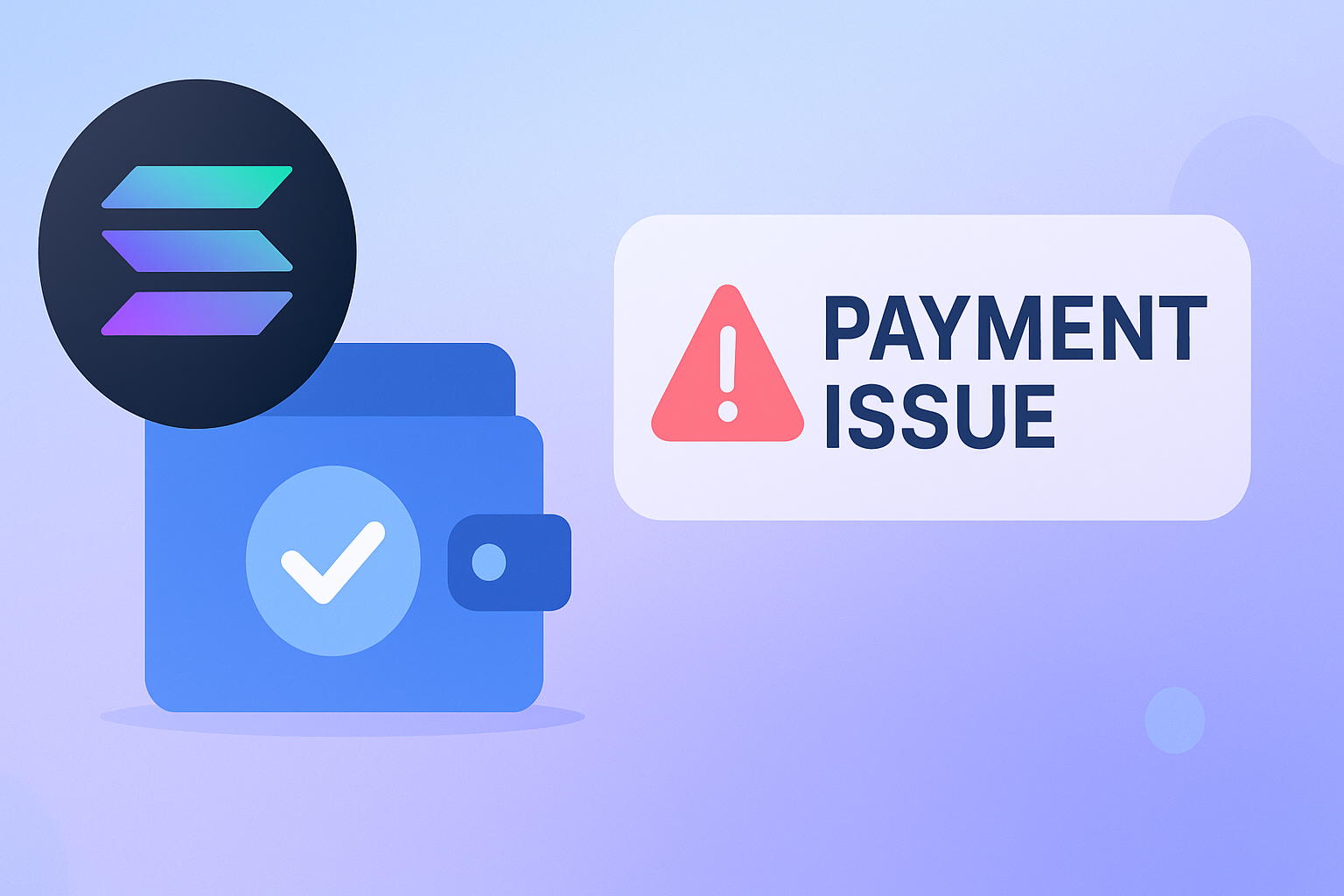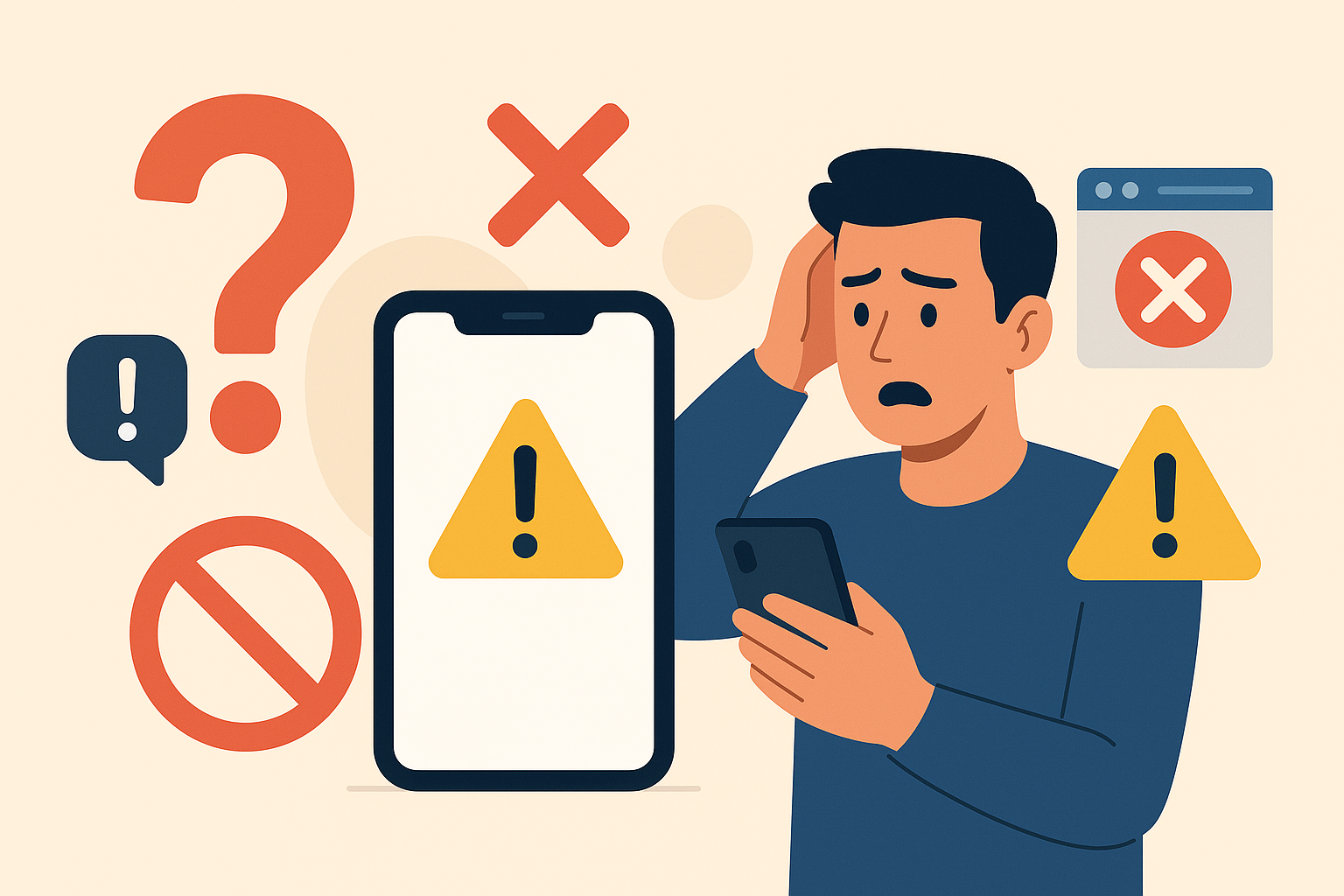If you're into web scraping or just thinking about it, you might wonder, "Can I scrape any website?" The short answer is no—at least, not without checking a few things first. Just like borrowing someone's car, you should ask if it's okay to take data from a site. Here’s a simple guide to help you figure out if a website allows scraping, and how to do it the right way.
1. Peek at the Robots.txt File
First things first: head over to the website’s robots.txt file. It’s like a public set of guidelines that tells bots (and scrapers like yours) what parts of the site they’re allowed to access. To find it, just add /robots.txt at the end of the website’s URL. For example, if you’re checking out example.com, go to https://example.com/robots.txt.
What Should You Look For?
- Disallowed Areas: If the file says certain areas are off-limits, you shouldn’t scrape them. It’s a clear sign the site doesn’t want bots poking around there.
- Rules for Different Bots: Some rules apply to specific bots. If you spot rules for a particular user-agent, make sure your scraper follows them.
2. Read the Terms of Service (Yes, Really)
I know, no one loves reading Terms of Service (ToS) documents. But trust me—this is one time when it’s worth the effort. The ToS tells you what’s allowed and what’s not. It’s where a website might explicitly say, “No scraping allowed.”
What to Keep an Eye On:
- Scraping Bans: If they say you can’t scrape, then don’t. You don’t want to end up with a legal headache.
- Usage Guidelines: Sometimes a site might let you scrape but ask for certain conditions, like giving credit or only using the data for non-commercial purposes.
3. See if the Website Offers an API
Web scraping isn’t always your only option. Some websites provide an API, which is a formal way of accessing their data. Think of it as an official channel made specifically for developers.
Why APIs Are Better:
- Less Work: APIs hand you the data in a clean, structured format—usually JSON or XML—so you don’t have to mess with messy HTML.
- No Gray Areas: If there’s an API, that’s basically an invitation to gather data, as long as you follow their usage limits.
4. Watch How the Site Reacts
Sometimes, you can tell if a site isn’t cool with scraping just by how it behaves when you try. Websites can use all sorts of tricks to keep bots at bay.
Red Flags to Watch For:
- CAPTCHAs: If you hit a CAPTCHA wall, that’s a pretty clear sign they don’t want bots digging around.
- Rate Limiting: Getting a lot of 429 "Too Many Requests" errors? The site might have set rate limits to slow down or stop scrapers. You’ll want to either scale back your requests or look for another approach.
5. Just Ask for Permission
If you're unsure, why not just ask? It might sound old-school, but emailing the website owner or admin and asking if they’re okay with scraping is often the simplest solution.
How to Approach It:
- Be Upfront: Explain what data you’re looking to scrape and why. Maybe you're gathering public information for a research project or building a cool tool.
- Request Permission: Sometimes a site won’t mind, especially if you’re using the data for something positive or useful. It never hurts to ask.
Conclusion
Web scraping is super useful, but it’s always best to make sure you're scraping in a way that’s both legal and respectful. Before you dive in, check the robots.txt file, review the ToS, and consider using an API if it’s available. If you’re ever in doubt, just reach out and ask. Scraping ethically not only keeps you out of trouble but also builds good relationships with the websites you rely on.





